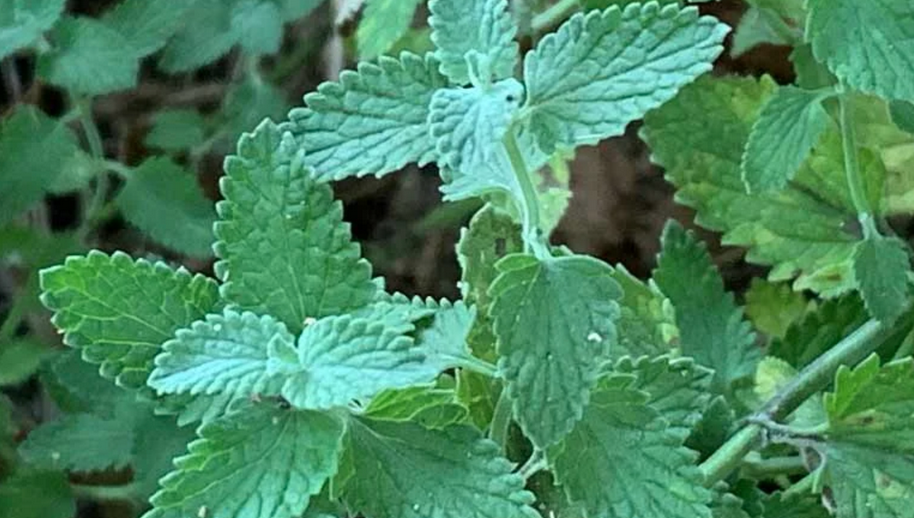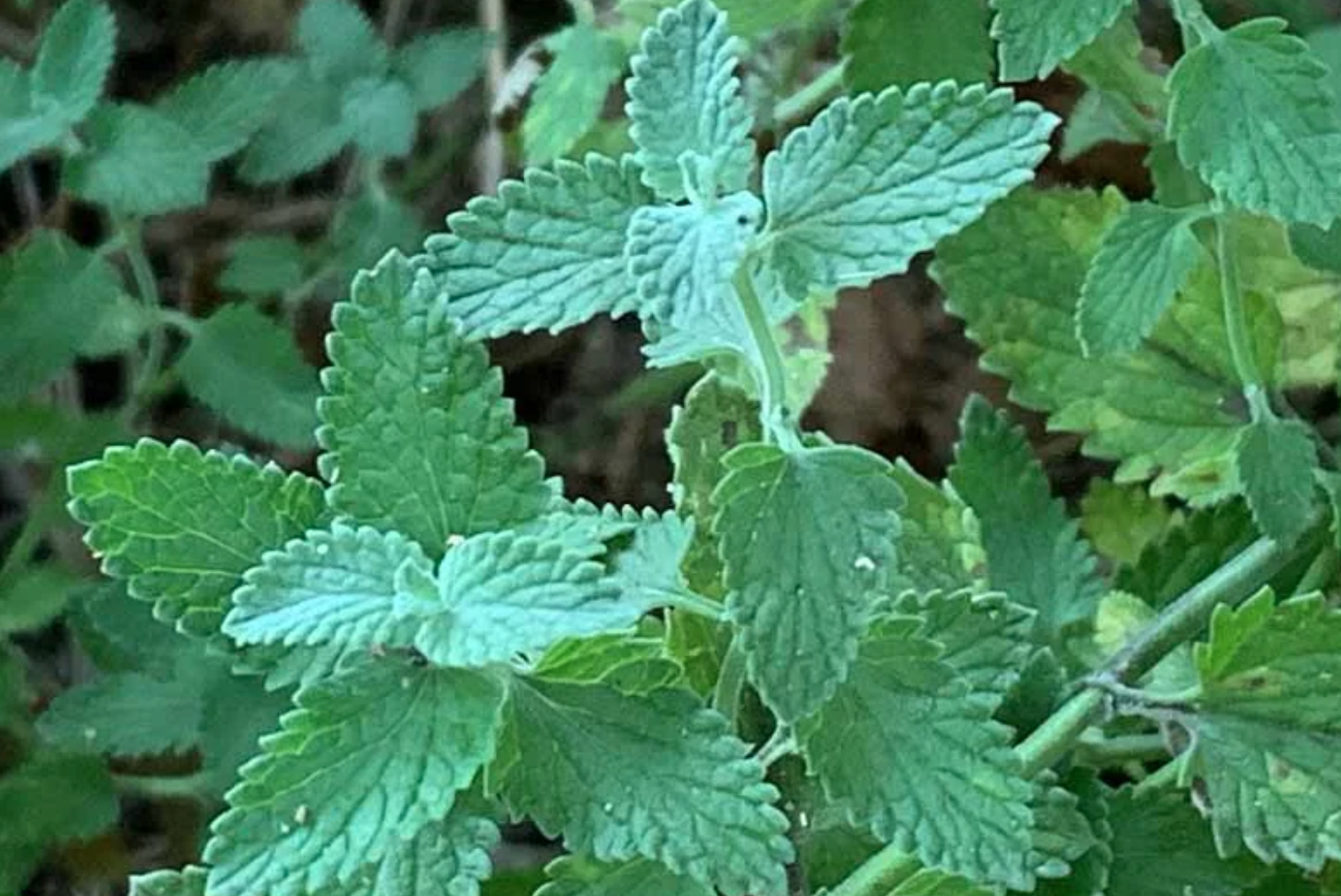

| 送交者: jmzjmz[♂★★★★平凡之人★★★★♂] 于 2023-05-27 6:56 已读 29611 次 | jmzjmz的个人频道 |
6park.comCertain
wild plants contain compounds and scents that discourage bugs, you just
have to learn how to properly identify the plants and use them
correctly. Photo by Tim MacWelch 6park.com
Unless you’re an entomologist (and on the clock), you probably
hate being surrounded by bugs, especially if they bite. While these
creatures play important roles in the environment, they can be a real
nuisance to humans in the outdoors, and some of these bugs do transmit
diseases. Your favorite store-bought bug repellent can keep them away
for awhile, but what happens when the DEET can runs dry? Worse yet, what
about when you’re in a survival situation and the bugs won’t leave you
alone? Thankfully, there are some natural options to beat the bugs
without all the chemicals.
1. Make Your Own Repellent
Before
you venture into the wild, plan ahead by creating your own bug
repellent with ingredients you can feel good about. Photo by Tim
MacWelch 6park.com6park.com
While it’s not the strongest option in the world, you can make
your own bug repellent from essential oils and other household products.
Make a trip to a health food store or similar shop for the essential
oils (or order them online). Then you’ll be ready to blend and bottle
your own bug repellent. You’ll need:
A one-quart spray bottle1 pint distilled white vinegar1 pint water25 drops of tea tree oil25 drops of lavender essential oil
Add the ingredients into a clean spray bottle and shake well.
Spray your boots, clothing and skin with a generous coating before
heading outside. Reapply every two to four hours for best results.
2. Check Often for Ticks
Ticks are more than a nuisance for our dogs. These troublesome
arachnids are found in every habitat in the U.S., and we host more than
90 of the world’s 900 tick species. Many of these species pose a
significant threat to outdoor enthusiasts, transmitting diseases such as
Lyme disease, anaplasmosis, babesiosis, Powassan disease, Rocky
Mountain spotted fever (RMSF), ehrlichiosis, STARI (Southern
tick-associated rash illness), tularemia and other diseases. Spot them
by wearing light colored clothing and doing frequent “tick checks”
throughout the day. Remove embedded ticks quickly to limit your risk of
contracting a tick-borne disease. Use tweezers or a tick removal tool to
grab the tick by the mouth, pinching your own skin if necessary, then
pull it straight out.
3. Watch Where You Put Your Gear
Many
of us put our stinking boots outside of our tents at night, but there’s
a risk when leaving your gear out in the open. Photo by Tim MacWelch 6park.com6park.com
Scorpions, spiders, centipedes and other venomous creatures may
consider your unattended boots, gloves, or other garments as a fine new
home, especially if they have been undisturbed for a few hours. Then
guess what happens when you suddenly pick these items up and put them
on? The animal gets pressed against your skin and it bites or stings
you. The venom can range from mild to intense, depending on the creature
that you’ve disturbed and its size. Take scorpions as an example. With
more than a thousand known scorpion species in the world, there are
plenty we’ll encounter in our travels. Mercifully, there are only 25
known to carry venom that would kill a human. From that group, there’s
just one that lives in the continental U.S. It’s the Arizona bark
scorpion (Centruroides sculpturatus) and its venom is on the low
end of the spectrum (fatalities are very rare, usually occurring in
small children and those with health problems). So how do we avoid the
sting or bite? Don’t leave your clothing, gloves or footwear on the
ground or outside overnight. Don’t hang your jacket on a tree. Don’t
give them a chance to crawl into your open backpack. Gear that’s not
being worn should be put away, closed up or otherwise moved out of the
creature’s reach. Yes, it’s a pain, but it’s less painful than getting
bitten or stung.
4. Use Wild Plants as Repellents
Certain
wild plants contain compounds and scents that discourage bugs, you just
have to learn how to properly identify the plants and use them
correctly. Photo by Tim MacWelch 6park.com6park.com
Depending on your environment, there may be many wild plants
which contain bug repelling compounds. Some of these may be native
species and others may have been brought to this continent for various
purposes. Either way, it could be very helpful to learn about the plant
species that can ward off pests in the outdoors. Before you start
scrubbing wild plants all over yourself, use a wild plant field guide to
make 100 percent positive identification of any plant or plant part.
Paw Paw (Asimina triloba): This
native tree species is commonly found along rivers and waterways
throughout the eastern U.S. It bears large tropical-looking fruits
(edible to people) that ripen in late summer. The trees also bear large
ovate leaves which can be crushed and wiped on your skin as a useful
insect repellent. The leaves are at their best in the spring and early
summer, when their strong scent can remind us of fresh asphalt.
Catnip (Nepeta cataria): This
common mint family member is a non-native species, brought to these
shores for more than just driving your cat insane. A tea from the leaves
can have a calming effect in humans and the plant can repel mosquitoes
and other flying insects. The easiest way to use the plant is to crush
the fresh leaves and stems onto your skin and clothing.
Pineapple weed (Matricaria matricarioides):
Another non-native species, this unusual little wildflower doesn’t look
like a pineapple but the leaves smell like it. Often found on roadsides
and other disturbed ground, the feathery leaves and tender stems can be
crushed and applied to skin and clothing to repel insects, especially
mosquitoes.
5. Don’t Forget The Net
Bug
netting may be your best non-chemical defense for flying insects,
especially in areas where the bugs are relentless. Photo by Pixabay 6park.com6park.com
They don’t have to be expensive and they won’t be pretty. They
might just save your sanity though, and block the transmission of
disease. Mesh bug suits and netted headwear can block the bugs when they
come on strong. This is much more effective than wearing multiple
layers of clothing, as some people do, or by applying buckets of bug
repellent. Make sure your exposed skin is covered and eliminate all gaps
in your mesh suit and headwear. The only thing worse than having
multiple bugs flying around inside your head net is not having a head
net in the first place. Consider a sleeping net too, as these save lives
in parts of the world. Mosquitos are more than just bothersome, they
can transmit the malaria parasite (plasmodium, which kills over 1
million people per year globally), and many different viruses that cause
encephalitis and dangerous fevers (like chikungunya, dengue, yellow
fever, St. Louis encephalitis, West Nile virus and Zika).
6. Smoke the Bugs Away
From
foul cigars to smoldering rotten wood or cattail heads, there are
plenty of ways to produce smoke and most of these are effective at
repelling insects and other pests. Photo by Tim MacWelch 6park.com6park.com
Some savvy fishermen know how to beat biting flies and other
pests around the water. They smoke cheap (or very good) cigars when the
air gets buggy. For non-smokers (and those who’ve run out of cigars),
there are plenty of other options – ones that won’t get you hooked on
nicotine. It turns out that any smoke can act like a natural bug
repellent, though some are much better than others. Remember grandma’s
cedar chest full of blankets? Cedar has long been known as a natural bug
repellent and cedar bark is famous for smoldering (rather than bursting
into flame). So a bundle of smoldering cedar bark can help to keep the
bugs at bay, and it’s also a fine way to transport a fire in the form of
embers (for example, if you were leaving one camp and moving to
another).
Another option for smoke uses a plant that normally grows by the
water, like cattails. The dead brown seed heads can be found atop the
tall grass-like plants. Grab one of these “burnt corn dogs” and apply an
open flame to one end of it. Once smoldering, smoke will begin to drift
out of it. Place the seed head upwind from you with the glowing end
into the wind, and sit where the smoke can bathe you. Similarly, a
fireproof container of crumbly rotten wood (aka punk wood) can also be
lit to provide smoke. This is especially useful for “smudging” primitive
survival shelters. Place the container of burning punk wood on the bare
dirt floor of your shelter and allow the smoke to fill the structure.
This will drive out insects, spiders and other unwelcomed guests. Repeat
every few days in warmer weather, weekly or as needed in cooler
weather.
7. Cover Up With Mud
It’s disgusting, but more effective at preventing bug bites than you can imagine. Photo by Pixabay 6park.com
6park.com
You’re really serious if you go to this is extreme, but certain
bug-infested environments may require this drastic solution. When smoke
and wild plant scents aren’t strong enough to keep the bugs off your
tender skin, you can create a physical barrier by coating your skin (and
any thin clothing) with a layer of mud. Not only is this an effective
camouflage against humans (remember the movie Rambo?), the mud suit is
also effective when hiding from bugs. With the mud fresh and wet (and
after it dries into a crusty shell), you’ll be wearing a surprisingly
effective barrier that most bugs will not try to penetrate. It’s also
useful for hiding your scent, which could come in handy while hunting.
8. Avoid Chigger Habitats
Worse that poison ivy, chiggers can create itchy bumps that last up to two weeks. Photo by Wiki Commons 6park.com
6park.com
Sometimes, avoidance is the best way to win a fight. Chiggers
(red bugs and harvest mites) are tiny biting arachnids that are found
globally. Here in the U.S., there are only two species that impact us as
outdoor enthusiasts. Eutrombicula alfreddugèsi is the main
culprit, and the recently hatched larvae are the troublemakers. Too
small to see with the naked eye, these hatchlings are hungry for any
blood they can find (human or animal). Though they don’t transmit
diseases, the intense itching of their bites can last for weeks. This
has led to the popular (and incorrect) belief that these creatures
burrow under your skin. In actuality, the larvae inject an enzyme into
your skin, dissolving some skin cells (for them to drink) and hardening
other skin cells (to make a “drinking straw” known as a stylostome).
It’s this transformed tissue that causes such a severe itch, not a bug
under your skin.
The best defense is to avoid likely breeding grounds where the
larvae would be plentiful. Since they dry out easily, damp grassy areas,
swampy spots, low lying and riverine environments are hot spots. Avoid
these in late spring and early summer. If you do suspect you’ve wandered
through their domain (due to a sensation of tiny prickly bites under
your clothes), change your clothing immediately. They can crawl around
in your clothes for hours, biting you in many different places. If you
only had one set of clothes (say, in a survival setting), take the
clothing off and hang them to dry for 30 minutes by a hot fire (socks
and underwear too). This dry heat will kill the larvae.








